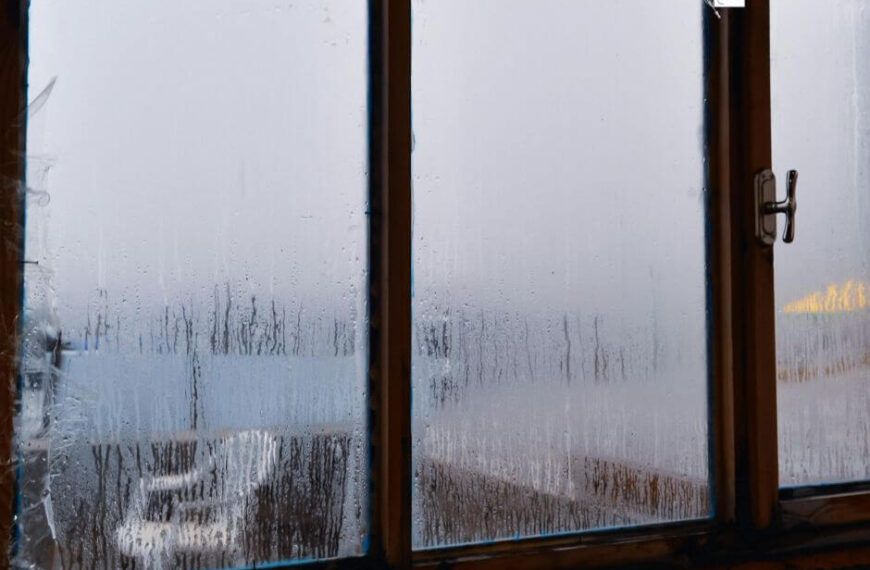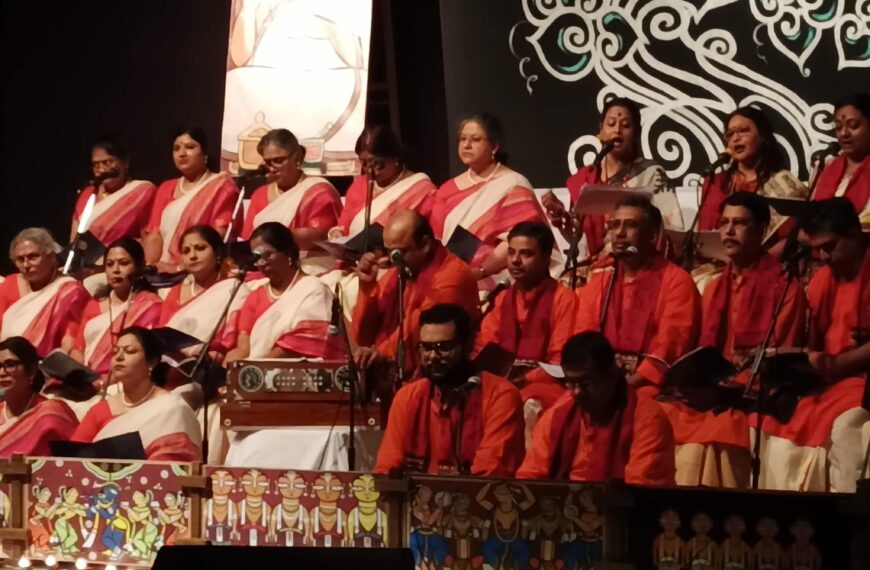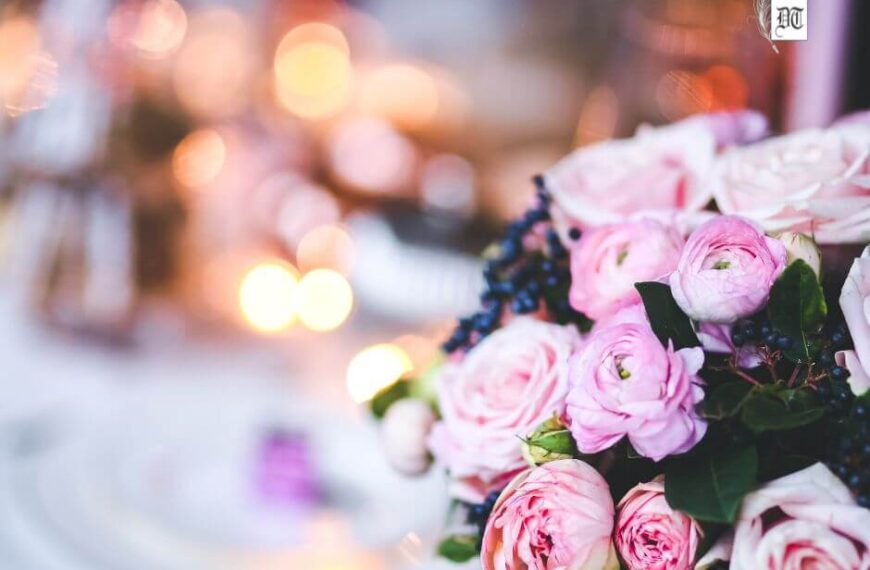The annual Rath Yatra of Lord Jagannath, with his siblings, Balabhadra and Subhadra, is symbolic of fertility worship. The charioteers, Dhauka, used to sing bawdy songs (Boli). Though these songs are no longer sung, after a ban from 1995, the monsoon festival reminds us of our agrarian legacy. Folklore and mythology shaped various rituals. The legacy continues for 5000 years. Now, it’s an international festival, with celebrated all over the world due to the initiatives of ISKCON. A report by Arindam for Different Truths.
The shabdik artha (denotative meaning) of Vishwanath and Jagannath is Lord of the Universe. The former, one of the 12 Jyotir Lingas of Lord Shiva is the ruling deity of Kashi (Varanasi), while the latter is a depiction of Lord Krishna in one of the four Dham (religious abode and pilgrimage) of the Hindus.
While Lord Vishwanath loves to bathe almost always, Lord Jagannath bathes just once a year, ahead of the Ratha Yatra (the Chariot festival). The deity with his siblings are bathed in public, in a temple pond. They get fever. A Brahmin MBBS doctor, Lord Jagannath’s personal physician, examines him. Select few attend them during the fortnight they convalesce. The doctor prescribes pathya (special food) for the deity. The gods are cured of his fever (more of this later), ready to travel on the day of Chariot festival, according to the folklore in Odisha.
Rath Yatra is a celebration of the fertility worship. The charioteers, known as Dahuka, sing bawdy songs, Dhauka Boli, during the entire period. Since these ribald songs were not taken in right spirit, the Jagannath temple trustee officials banned the recitation of Dahuka boli, in 1995.
Allow me to digress a bit. It’s important to note that Hindu gods, though immortal, are humanized. They have our shortcomings and weaknesses. In the Keatsian sense there is a willing suspension of disbelief in the Hindu mind. We see Gopal (Lord Krishna as a lad) steal butter, and later, engage in Rasa Lila (amorous play) with Radha and the cowherd girls of Vrindavan. We are not scandalised when Lord Shiva smokes ganja (marijuana) and enjoys Bhang Thandai1 (hemp; leaves and buds of cannabis).
The folklore surrounding various gods change according to the region. There have been several interpolations but all are correct. Reverence and rituals too vary. Gods and prayers are very personal. It’s natural that every region, clan or families have their own versions. We see the seeds of the secular Hindu mind here. The scope of negotiations and contestations within each narrative, every tradition is immense. There is immense space for one and all.
In the Nobel laureate Amartya Sen’s book, The Argumentative Indian, his teacher cautions him that it is perfectly alright to disagree but do so with respect.
If some of you feel that these stories and folklore make little or no sense, please enjoy it as good literature. Faith is a personal commitment.
Ratha Yatra
The Rath or (Chariots) of Lord Jagannath is celebrated every year at Puri on the second (dwitiya) day of shukla pakshya (waxing cycle of moon) of the Hindu month Ashadh (June-July. It is the third month in Lunar Calendar). The presiding deities of the Jagannath Temple, Puri’s main temple, Lord Jagannath, Lord Balabhadra and Goddess Subhadra, with the celestial wheel (Sudarshana Chakra) are removed from the temple in a ceremonial procession to their chariots. Three huge, colourfully decorated chariots are drawn by multitude of devotees on the bada danda, the grand avenue to the Gundicha Temple (Gundicha – King Indradyumna’s Queen), two miles away to the North.
On their way back from the Gundicha Temple, the three deities stop for a while near the Masima’s Temple (Aunt’s abode) and have an offering of the Poda Pitha, which is a special type of pancake and is the Lord’s favourite. After a stay for seven days, the deities return to their abode. The return journey is known as Ulta Ratha, akin to the beating of the retreat.
Three Chariots
The three chariots of Balabhadra, Subhadra and Jagannath are constructed anew every year with wood of specified trees like phassi, dhausa, etc. They are customarily brought from the ex-princely state of Dasapalla by a specialist team of carpenters who have hereditary rights and privileges for the same.
The logs are traditionally set afloat as rafts in the river Mahanadi. These are collected near Puri and then transported by road.
The three chariots are decorated as per the unique scheme prescribed and followed for centuries stand on the Bada Danda, (Grand Avenue). It is covered with bright canopies made of stripes of red cloth and combined with those of black, yellow and blue colours, the huge chariots are lined across the wide avenue in front of the majestic temple close to its eastern entrance, which is also known as the Singhadwara (Lion gate).
Lord Jagannath’s chariot is called Nandighosa. It is forty-five feet high and forty-five feet square at the wheel level. It has sixteen wheels, each of seven-foot diameter, and is decked with a cover made of red and yellow cloth. Lord Jagannath is identified with Krishna, who is also known as Pitambara, the one attired in golden yellow robes and hence the distinguishing yellow stripes on the canopy of this chariot.
The chariot of Lord Balarama, called the Taladhwaja, is the one with the Palm Tree on its flag. It has fourteen wheels, each of seven-foot diameter and is covered with red and blue cloth. Its height is forty-four feet.
The chariot of Subhadra, known as Dwarpadalana (destroyer of pride), is forty-three feet high with twelve wheels, each of seven-foot diameter. This chariot is decked with a covering of red and black cloth – black being traditionally associated with Shakti and the Mother Goddess.
Around each of the chariots are nine Parsva devatas, painted wooden images representing different deities on the chariots’ sides. Each of the chariots is attached to four horses. These are of different colours – dark ones for Balarama, white ones for Jagannath, and red ones for Subhadra. Each chariot has a charioteer called Sarathi. The three charioteers attached to the chariots of Jagannath, Balarama and Subhadra respectively are Daruka, Matali and Arjuna.
Chandan Yatra
The construction of the chariots starts on Akshaya Trutiya, the third day of the bright fortnight of Baisakh, with ritual fire worship. This takes place in front of the palace of the King of Puri and opposite the main office of the Puri temple. On this day, the new agricultural season starts and farmers start ploughing their fields. This day also marks the beginning of the summer festival of the deities, also known as the sandalwood festival or Chandan Yatra, which lasts for three weeks. In this festival, the representative images of the presiding deities are taken out in colourful processions and given a ceremonial boat ride in the Narendra tank every day. Later, the deities have a ritual bath in a small temple in the middle of the tank, in stone tubs filled with water, sandalwood paste, scents and flowers.
This sandalwood festival culminates in the Snana Yatra, the Bathing Festival on the full moon day of the month of Jesth. On this day, the presiding deities descend from their seats on an elevated platform in the sanctum sanctorum, the bejewelled throne. They are bathed in 108 pots of water brought from the Suna Kua, the golden well and assume the elephant form on the special bathing platform, close to the Eastern boundary wall of the temple. From that day the deities remain in symbolic and ritual convalescence for about two weeks. They are barred from view of the ordinary devotees. Only three special patta chitras (traditional Oriya scroll paintings of natural colours on cloth stiffened with starch, known as Anasara Pattis, are strung on a bamboo screen hiding the deities from public view, can be seen by the public. During this period, the deities are given only roots, leaves, berries and fruits to cure them from their indisposition.
This ritual is a reminder of the strong tribal elements in the genesis and evolution of the Jagannath cult. The progeny of Lalita, daughter of the original tribal worshipper Biswabasu, chieftain of hunters, and the Brahmin priest Vidyapati, are known as daitapatis or daitas. They have almost exclusive privilege of serving the Lord during the convalescence and through the entire period of Rath Yatra.
It is believed that Rath Yatra has an unbroken tradition of 5000 years. It finds mentions in Hindu scriptures. The legacy continues.
©Arindam Roy
Pix from Net.
1 Bhang Thandai is a cold drink prepared with a mixture of almonds, fennel seeds, magaztari seeds (watermelon kernel), rose petals, pepper, vetiver seeds, cardamom, saffron, milk and sugar. It is native to India and is often associated with the Maha Shivaratri and Holi festivals. Also known as Thandai, it’s a mildly intoxicating drink popular in many parts of the Indian subcontinent, which is made by mixing a small amount of bhang. The fat content of the milk and nuts help dissolve the fat-soluble cannabinoids (source Wiki).
#RathYatra #JaganathPuri #RathYatraStory #StoriesOfJaganath #Puri #FestivalOfRathYatra #FairsAndFestivalsOfIndia #IndianFestival #LordJaganath #DifferentTrutha







 By
By
 By
By
 By
By